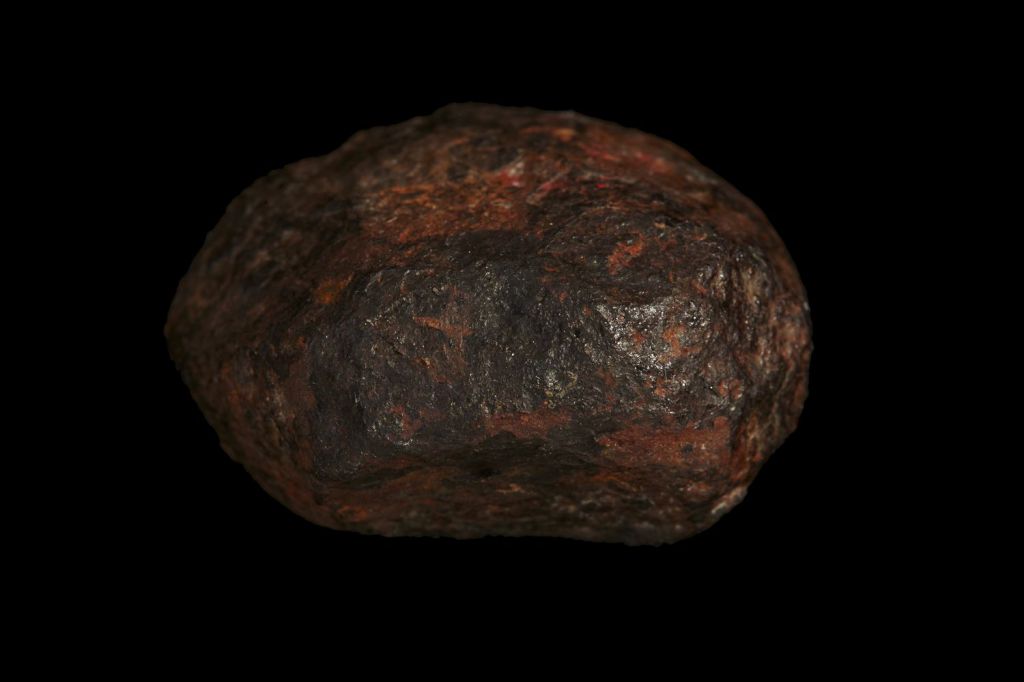Extraterrestrial Mineral Never Before Seen on Earth Found Inside a Famous Meteorite
The mineral doesn't naturally occur anywhere on our planet

A never-before-seen extraterrestrial mineral was lurking inside a meteorite found nearly 70 years ago.
According to a new study first reported by the Australian news site, The Age, the mineral doesn't naturally occur anywhere on our planet; as such, it’s been seen only as a man-made version.
The Wedderburn meteorite was first discovered in 1951 near Wedderburn in Victoria, Australia, and is now part of the Museums Victoria collection. When it was first found, the rock was "lemon-sized" and weighed 210 grams (7.4 ounces), according to the Museums Victoria Collections. Since the space rock’s discovery, researchers from around the world have been studying slices of it to understand what it's made of and where it came from.
Last year, researchers at the California Institute of Technology conducted the latest of such studies. Using an electron-beam microscope and electron probe, they analyzed a slice of the space rock and happened upon a rare, previously unnamed mineral.
Related: Shine On: Photos of Dazzling Mineral Specimens
The mineral is made up of a special pattern of iron and carbon atoms. The researchers named it "edscottite," after Edward R.D. Scott, a cosmochemist at the University of Hawaii at Manoa. Scott was the first to identify this mineral's formula in the early 1970s when it was created in a lab, said lead author Chi Ma, a senior staff scientist and mineralogist at Caltech.
But because this mineral doesn't naturally occur on our planet — it was only previously produced artificially in the lab or found inside smelters — it wasn't named until recently. (Only minerals that occur in nature are given a name, according to The Age.)
Get the Space.com Newsletter
Breaking space news, the latest updates on rocket launches, skywatching events and more!
The Wedderburn meteorite likely came from an asteroid that "somehow got knocked off its course and headed to Earth," Ma told Live Science. The meteorite itself is likely the shattered remains of a small planet that collided with other celestial objects in the early solar system, he added. The mineral edscottite could have formed when nickel-rich iron meteorites such as Wedderburn slowly cooled, he said.
"Every mineral has a voice and its own story to tell," Ma said. "Each new E.T. mineral represents a distinctive formation environment and can provide insights into processes active in the solar nebula, on asteroids, the moon and Mars." Ma and his team hope to analyze other meteorites to check if they also contain edscottite.
The findings were published Aug. 28 in the journal American Mineralogist.
- Photo Gallery: Images of Martian Meteorites
- Fallen Stars: A Gallery of Famous Meteorites
- In Photos: The Impact Craters of North America
Originally published on Live Science.
Join our Space Forums to keep talking space on the latest missions, night sky and more! And if you have a news tip, correction or comment, let us know at: community@space.com.











